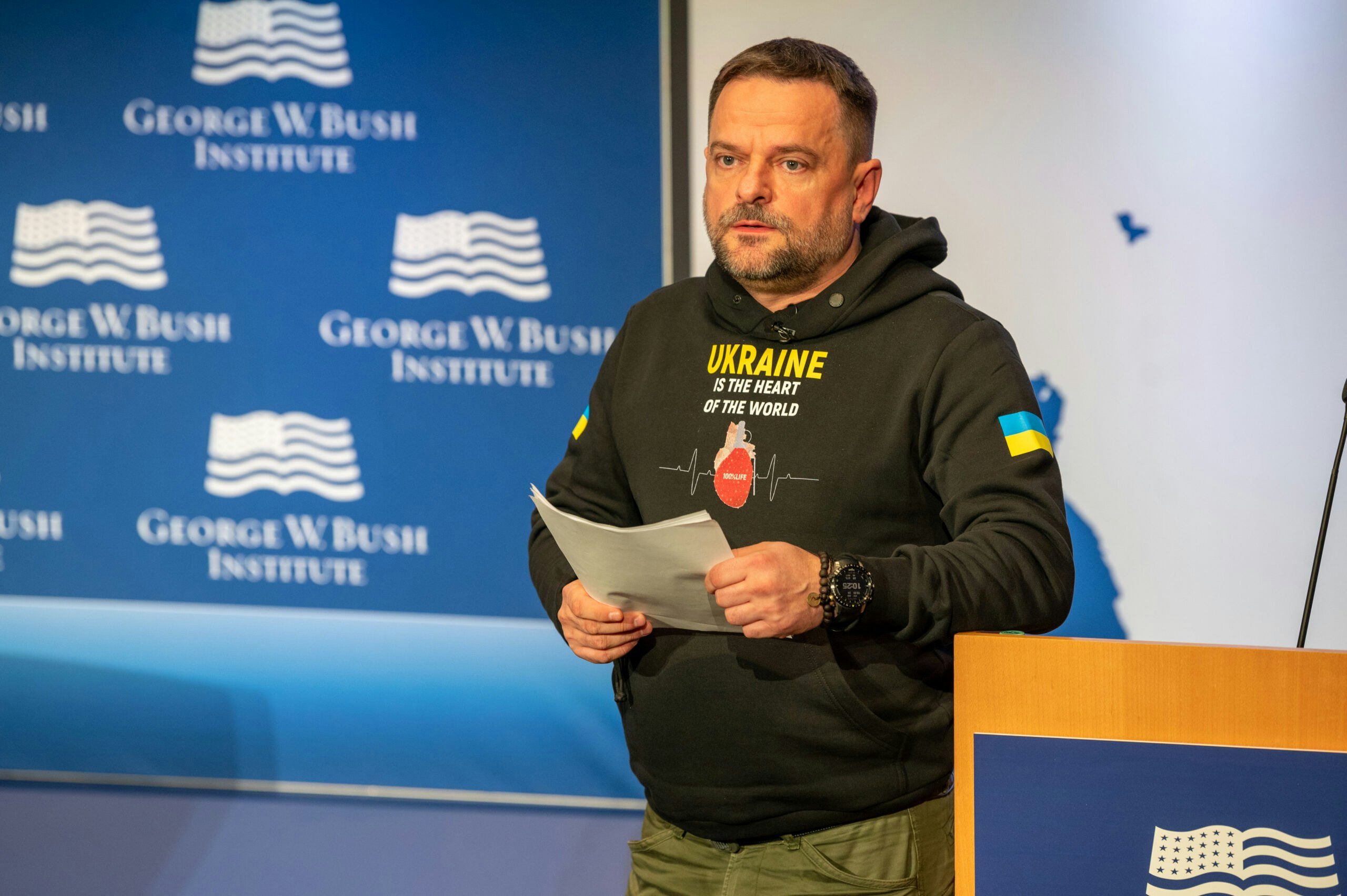As we mark World Cancer Day, we have a unique opportunity to debunk some of the...
This post originally appeared on pinkribbonredribbon.org
As we mark World Cancer Day, we have a unique opportunity to debunk some of the misconceptions about cancer. One of the biggest myths that we hear through our work in Pink Ribbon Red Ribbon is that cervical and breast cancer are not significant public health issues in developing countries. While popular belief presumes that diseases like HIV/AIDS, malaria, and tuberculosis are the most pressing health concerns, our work tells a broader story.
Infectious diseases might affect more people in developing countries today, but cancer is catching up, especially among women. More than 50 percent of all new cancers and two-thirds of the annual cancer mortality worldwide occur in low- and middle-income countries, and over 80 percent of the world’s cervical cancer cases are diagnosed in countries where screening programs do not exist.
If we are to drive these numbers down, we know we must tackle the myths that surround these diseases:
Myth 1: We don’t need to talk about cancer.
Talking about cancer can help to challenge negative beliefs, taboos, and cultural practices that prevent people from seeking diagnosis and treatment earlier. Through our work in supporting the Ngungu Health Center in Zambia, cancer screening services are promoted through word-of-mouth — in hair salons and at churches, and from woman-to-woman. The result? Just six weeks after opening, the clinic’s staff had screened more than 500 women for breast and cervical cancer, a higher number than many other clinics usually see in several months.
Myth 2: Medical treatment makes cancer worse.
Equipping health care workers with the tools to recognize the warning symptoms and signs of cancer is essential to early detection, which can allow a woman to receive treatment before a lesion becomes cancerous or already-developed cancer gets worse. A 64-year old woman whom we met in Zambia in 2012 is just one example. One of the first staff members of the Centre for Infectious Disease Research in Zambia, she initially turned down the opportunity to be screened for cervical cancer. Four years later, when she fell ill, her biopsy results showed Stage Two cervical cancer. After two rounds of chemotherapy and 25 rounds of radiotherapy, she survived, and is thriving. She would testify that medical treatment contributed to her survival, and that a cancer diagnosis is not a death sentence, but she would also be the first to say that she would have been better off if she had gone in for screening when she first had the chance.
Myth 3: There is nothing I can do about cancer.
Cervical cancer is often associated with infection by the Human Papillomavirus (HPV), which is highly preventable. In Botswana, our partnership with Merck allows us to provide three doses of HPV vaccine to young girls as a preventive measure, which will greatly reduce their risk of developing cervical cancer later in life. This vaccine offers a cost-effective solution to mitigating the country’s cervical cancer burden, and we believe it should be part of every comprehensive national cancer control plan.
Myth 4: Cancer treatment shouldn’t be a priority for my country.
Cancer is not just a health issue — it has wide-reaching social and economic implications. Cervical and breast cancer affect women in their child-bearing and most productive years of life, between 20 and 59, so it can be a significant barrier to a country’s economic development. An investment in cervical and breast cancer treatment is therefore an investment in the economic power of women, and in a country as a whole.
Cervical and breast cancer should not be a death sentence, even in developing countries. Debunking these myths through education and awareness-raising is one of the first steps in bringing hope to this generation of women and beyond.
To learn more about Pink Ribbon Red Ribbon, visit pinkribbonredribbon.org.



























